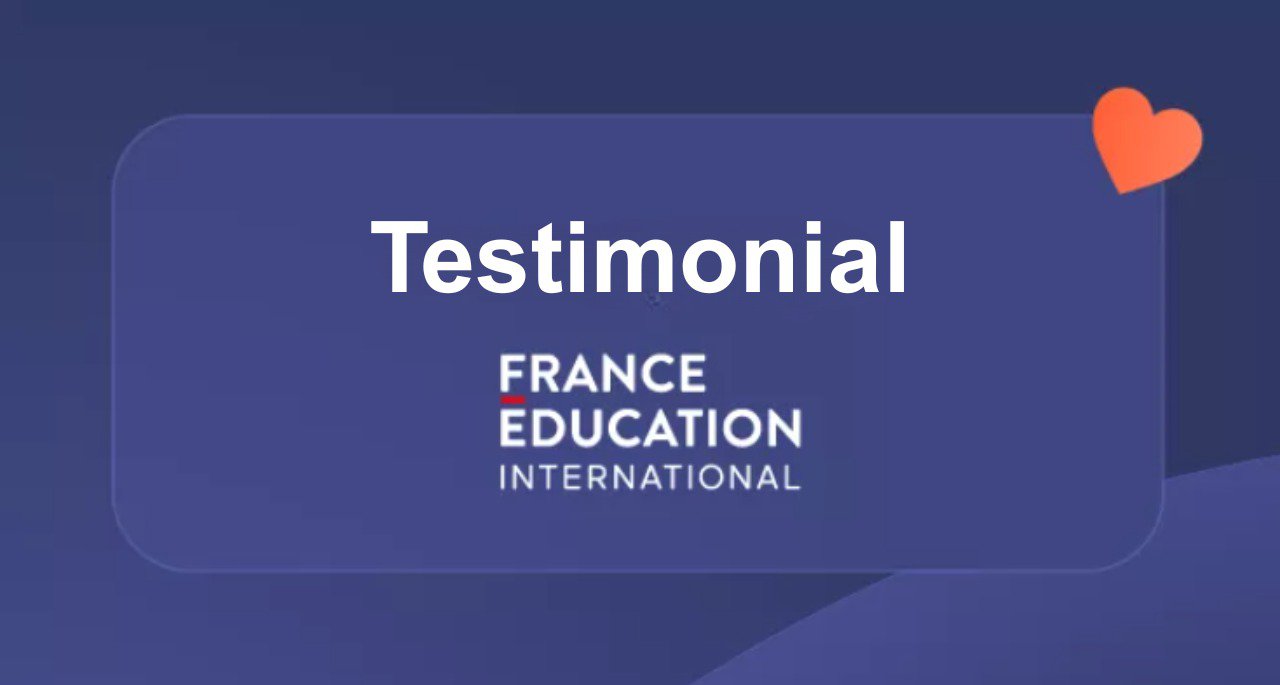7 Best Image Generation Algorithms For SEO Experts
What’s a Rich Text element?
The rich text element allows you to create and format headings, paragraphs, blockquotes, images, and video all in one place instead of having to add and format them individually. Just double-click and easily create content.
Static and dynamic content editing
A rich text element can be used with static or dynamic content. For static content, just drop it into any page and begin editing. For dynamic content, add a rich text field to any collection and then connect a rich text element to that field in the settings panel. Voila!
How to customize formatting for each rich text
Headings, paragraphs, blockquotes, figures, images, and figure captions can all be styled after a class is added to the rich text element using the "When inside of" nested selector system.

Images play a vital role in search engine optimization (SEO) as they can help drive traffic to your website, improve user engagement, and enhance the overall user experience. According to MOZ, 27.9 percent of search queries are returned to images. Furthermore, 38% of SERPs in Google show images, and that's going to increase as 62 percent of users look for results with images.
Furthermore, almost 90 percent of Digital Marketers consider Image Optimization for conquering Search Engines. These images can have a great impact on your on-page and off-page SEO tactics. However, not all images are created equal, and poorly optimized images can actually harm your SEO efforts. To help you optimize your images for search engines, we've compiled a list of the top 7 tips for image creation for SEO.
Tip #1: Choose Relevant And High-Quality Images
The first step in creating images for SEO is to choose relevant and high-quality images that are related to your content. Relevant images help to provide context to your content and make it more engaging for users. High-quality images also improve the user experience and make your website look more professional.
When choosing images for your website, it's essential to consider the purpose of the image and whether it will add value to your content. Avoid using generic stock photos that have no relation to your content, as they can make your website look unprofessional and reduce engagement. Instead, use custom images or photos that are relevant to your topic and help to illustrate your point.
It's also essential to ensure that your images are high-quality and visually appealing. Avoid using low-resolution images or images that are blurry or pixelated, as they can make your website look unprofessional and detract from the user experience.
Tip #2: Optimize Image File Names
The file name of an image is another critical factor in image SEO. When you upload an image to your website, it's essential to choose a descriptive file name that includes your target keyword. This helps search engines understand the content of the image and improves your chances of ranking for your target keyword.

When choosing a file name for your image, it's essential to keep it short and descriptive. Avoid using generic names like "image1.jpg" or "photo.jpg," as they don't provide any context to search engines. Instead, use a descriptive name like "blue-widget.jpg" that accurately reflects the content of the image.
Tip #3: Compress Images for Faster Loading Speeds
Image compression is the process of reducing the file size of an image without sacrificing quality. This is an essential step in image SEO, as large images can slow down your website and negatively impact the user experience.

There are several tools and techniques you can use to compress your images, including online tools like TinyPNG and JPEG Optimizer, or plugins like Smush for WordPress. It's important to find the right balance between image quality and file size to ensure that your images are both visually appealing and load quickly.
Tip #4: Use Alt Text to Describe Images
Alt text, or alternative text, is the text that is visible when an image fails to load on a web page. Screen readers also use this text to describe images to visually impaired users. Alt text is an essential factor in image SEO, as it helps search engines understand the content of the image and improve your chances of ranking for your target keyword.
According to Mr Robert Pack, a Senior SEO Analyst at Best Assignment Help,
"When writing alt text, it's important to describe the content of the image accurately and include your target keyword where appropriate. Avoid using generic alt text like "image" or leaving alt text blank, as this can negatively impact your SEO efforts."
For instance, a better alt image for this particular content could be 'Image Generation Algorithms' or 'Image Creation Tips For SEO'. It should be something related to your title, and make sure that it contains your targeted keyword.
Tip #5: Use Captions and Contextual Information
Captions and contextual information can also improve the user experience and enhance your image SEO efforts. Captions provide additional context to your images and help to make your content more engaging and informative. Including contextual information, such as image descriptions, helps search engines understand the content of the image and improve your chances of ranking for your target keyword.

When writing captions and contextual information, it's important to keep them short and descriptive. Avoid using generic captions or descriptions and ensure that they accurately reflect the content of the image.
Tip #6: Use Structured Data Markup
Structured data markup is a type of code that helps search engines understand the content of your website better. This markup can also be used to provide additional information about your images, such as the type of image, its subject matter, and the copyright owner.
By using structured data markup for your images, you can improve their visibility in search results and enhance your image SEO efforts. There are several types of structured data markup you can use for your images, including ImageObject, Product, and VideoObject.

When using structured data markup for your images, it's important to follow best practices and ensure that your markup is correctly implemented. You can use tools like Google's Structured Data Testing Tool to test your markup and ensure that it's working correctly.
Tip #7: Use Responsive Images
Responsive images are images that can adapt to different screen sizes and resolutions. This is an essential factor in image SEO, as it ensures that your images are accessible to users on all devices, including desktops, tablets, and mobile devices. It boosts user engagement by 45 percent.
There are several ways to create responsive images, including using CSS media queries or using a responsive images plugin. When creating responsive images, it's important to ensure that they are appropriately sized for each device and that their file size is optimized for fast loading speeds.
While Summing It Up…
In conclusion, images can play a critical role in SEO, and by following these top 7 tips for image creation, you can optimize your images for search engines and improve your website rankings. By choosing relevant and high-quality images, optimizing image file names, compressing images, using alt text, captions, contextual information, structured data markup, and responsive images, you can improve the user experience on your website, increase engagement, and drive more traffic to your site.
Remember that images are just one piece of the SEO puzzle, and optimizing them alone won't guarantee success. You also need to focus on creating high-quality content, building quality backlinks, and providing an excellent user experience to achieve better search engine rankings. By following these top 7 tips for image creation for SEO, you can enhance your overall SEO efforts and get better results from your website.
Author Bio
Claudia Jeffrey is currently working as a Senior Editor at Crowd Writer, where students often look for coursework help. Claudia has been associated with the same firm for the past seven years and has previously worked as an SEO Analyst as well. She loves to share her knowledge with the readers. She often blogs at Word Count Jet.









